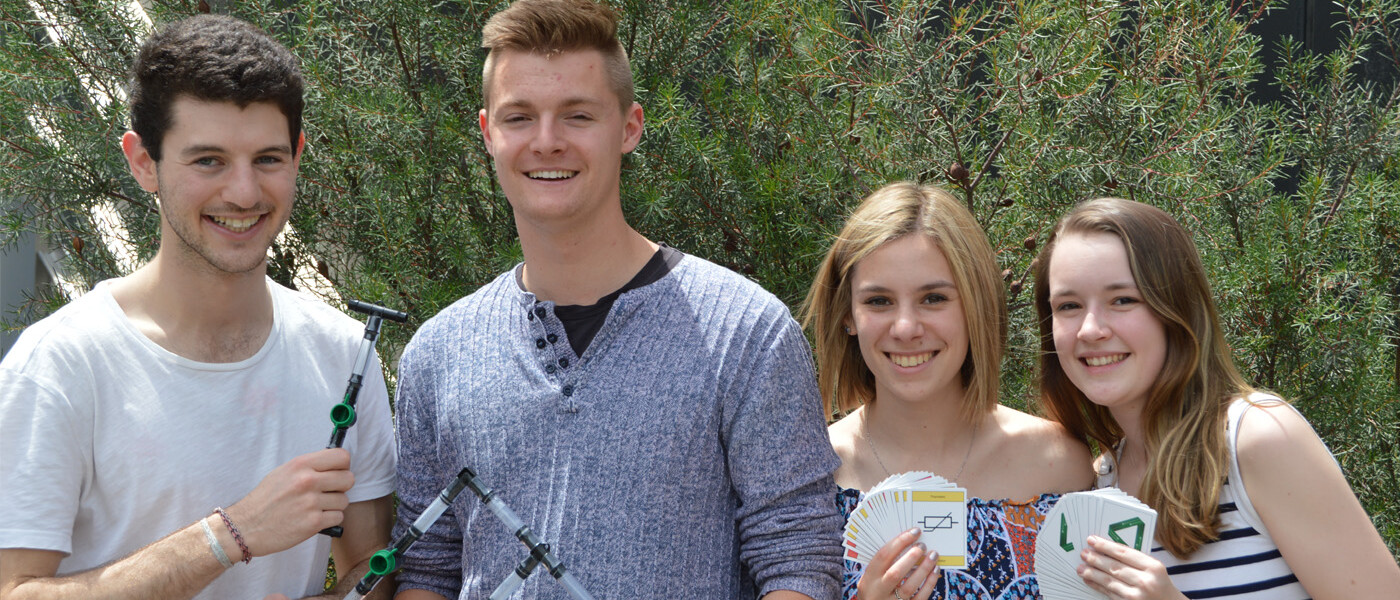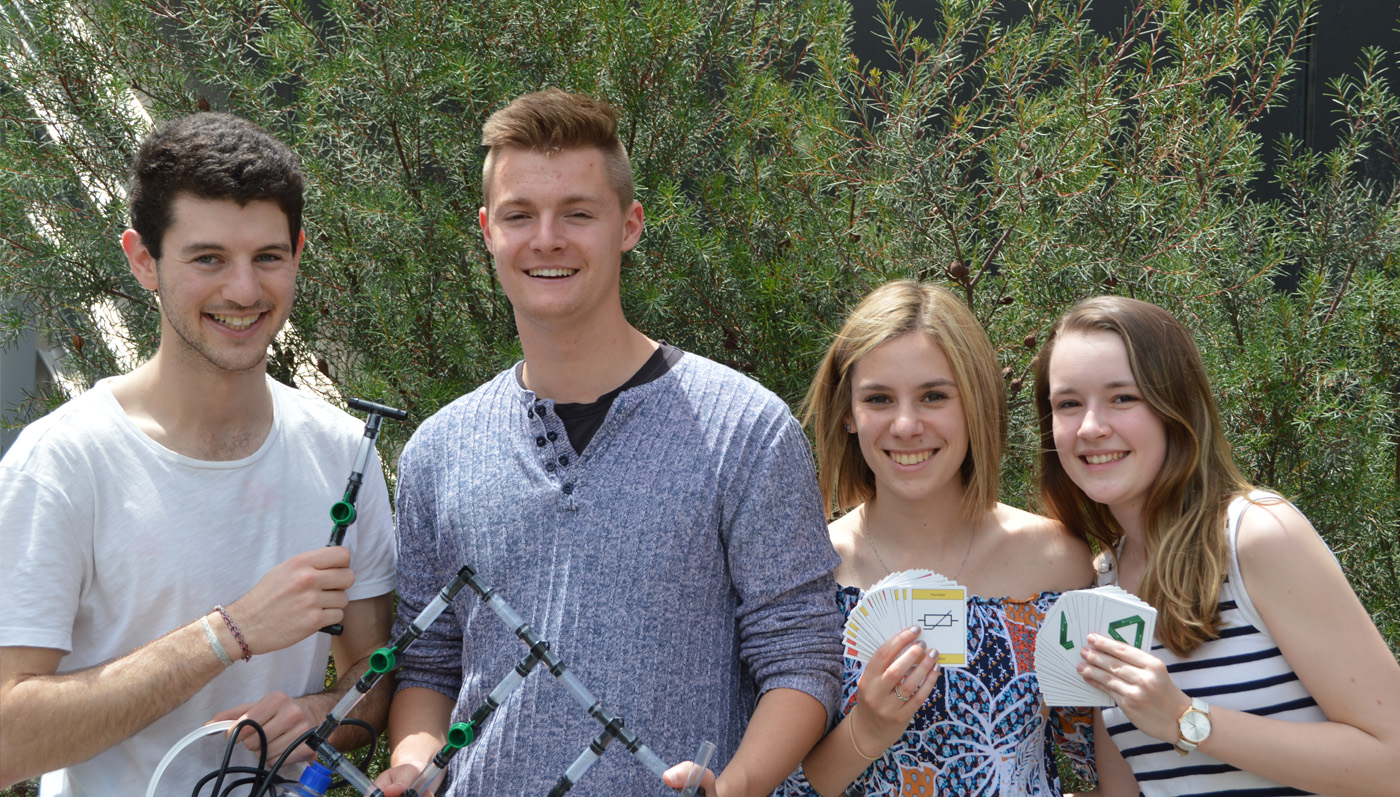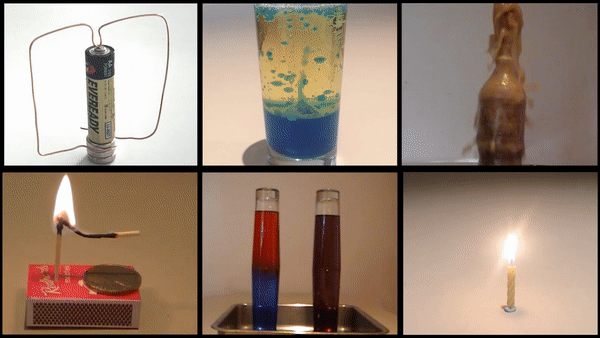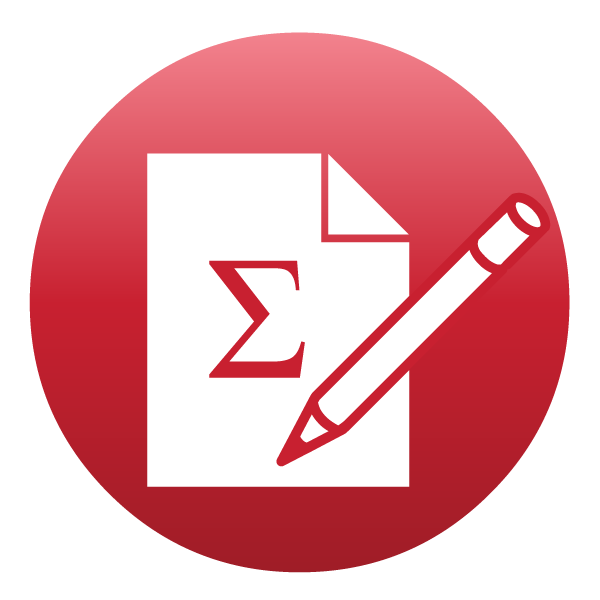
We used 1500 neodymium magnets to build a giant levitating superconductor in the form of a mobius strip, invented a card game to introduce students to circuits and transistors, took FLEET scientists and science demonstrations into primary schools and kindergartens, developed a range of teacher resources linked to FLEET research and combined the brains trust of all FLEET members to produce a range of hands-on home science experiments.
Mobius strip
The superconducting, supercooled Mobius track is the natural star of FLEET science outreach, allowing demonstration and discussion of a bunch of FLEET-relevant science, including:
- topology (via the Mobius strip)
- superconductivity (an interesting quantum state with implications for electrical resistance)
- magnetism
- low-temperature physics.

Communicating science with games
FLEET posed a challenge to a team of maths and physics students from Monash Bachelor of Science–Global Challenges to find innovative ways to communicate key physics concepts to school students, with the team developing and a range of innovative games and physical demonstrations:
- Electron tiggy, a physical ice-breaker activity to demonstrate electron scattering in conventional semiconductors
- Wired, a card game to introduce electrical circuit components, including transistors
- The Macro-chip, a physical, water-based demonstration of binary computing via transistor switches.
FLEET Schools: teacher resources
Fleet developed three curriculum-linked teacher resources containing information, hands-on activities and worksheets targeted at years 4–9:
Floating water, balloon rockets and catapults
We developed more than 80 home science experiments to introduce younger students to easy, fun science experiments using accessible, everyday items. Each was ground-tested with simple instructions written for a non-science audience, including a description of the underlying scientific concepts.
Home science

To help make science more accessible to the wider community, and build a passion for science in the young Australians who will be the country’s future great scientists and engineers, FLEET developed the ‘home science’ series of experiments: ideas and instructions for fun, easy science activities and experiments to do at home.

Our secret weapon: FLEETonians themselves!
FLEET members performed science shows at kindergartens, primary and secondary schools, demonstrating physics with equipment not typically available to students.
The program brought scientists to the students, allowing them to ask questions about science, careers in science and any other burning questions they had such as why aren’t you wearing a lab coat?
As with discussions facilitated by the Mobius track, we found that it was these face-to-face conversations with practicing scientists that most-effectively ‘shifted the dial’ in engaging school students.
The participation of FLEET members has driven our success in outreach. And not just from sheer numbers…
But also as a personal, relatable, inspirational face of working scientists, and which increases the trust that people feel in science.
Having scientists engaged in one-on-one (rather than ‘broadcast mode’), and face-to-face conversations with students and public also allowed deeper more effective communication.
FLEET has also recognised the power of putting women forward as the face of science, with women featuring at nearly 80% of all public FLEET outreach events. Women in FLEET also developed and delivered lessons for FLEET’s Future Electronics unit at John Monash Science School, giving an opportunity for high school students to see successful women in science first-hand, and acknowledged in female students’ feedback as helping them see a place for themselves in physics.



